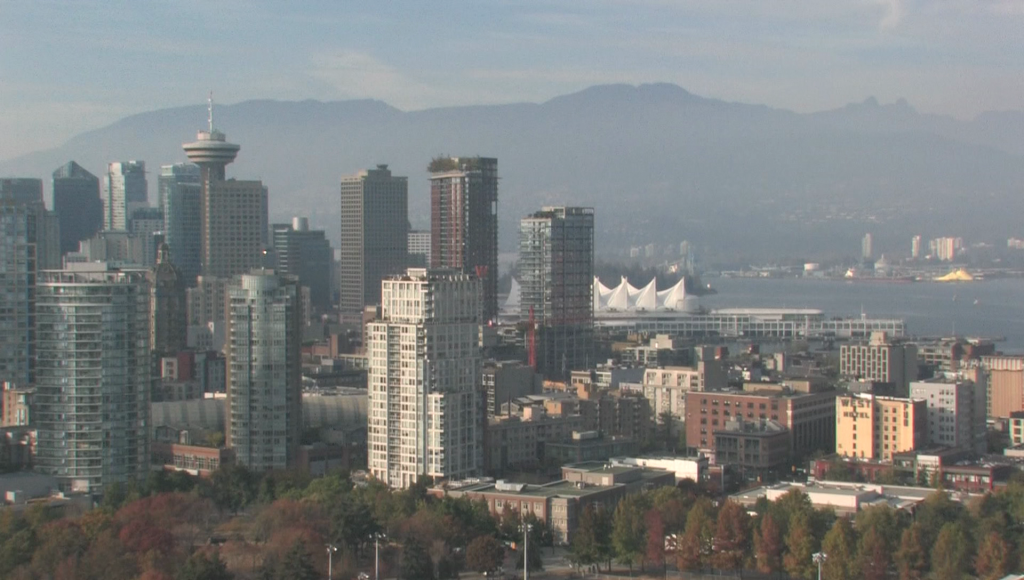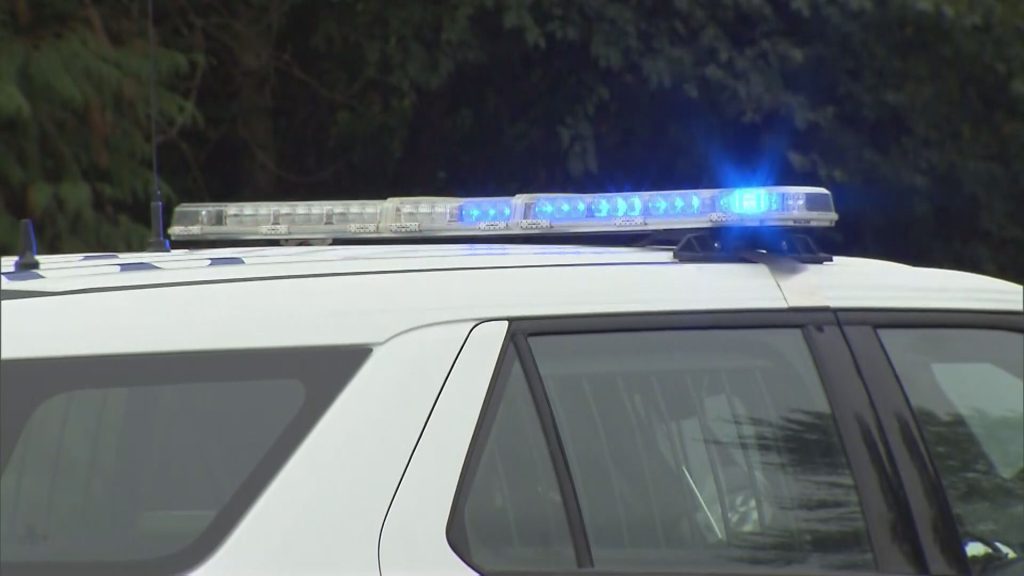Wildfire smoke on the way to the Lower Mainland

Posted May 17, 2023 6:43 am.
Last Updated May 17, 2023 6:58 am.
As if the heatwave isn’t enough, people living on the Lower Mainland are preparing for incoming wildfire smoke that’s set to roll in later Wednesday.
CityNews Meteorologist Michael Kuss says it’ll likely hang around for a day or two.
Gorgeous sunrise. May see some spectacular red hues this evening with light smoke coming in from the North later today. #smoke #wildfires @CityNewsVAN pic.twitter.com/HqOccLvrtw
— Michael Kuss (@Kusswx) May 17, 2023
“Upper-level winds are mainly going to be out of the north, northeast today, and that draws in smoke from the larger wildfires up in the Peace country and across northern Alberta, and that’s what we’ll see filtering in lightly through today and potentially into tomorrow.”
He points out the smoke won’t be very thick in the air.
“It’s not going to be anywhere near as extensive as what we’ve seen in the past or what we’re seeing in Alberta, for example. It is going to be slightly noticeable. Not sure how much [will] filter down to the surface and deteriorates the air quality, but it will create hazier conditions and again tomorrow into the evening.”
Wildfire smoke is affecting areas of the Prince George, Northwest, Cariboo and Southeast fire centres today as a result of wildfires in Alberta and in the Peace Region. Smoke is forecast to linger and potentially increase over the coming days. #BCWildfire pic.twitter.com/5aW2cA5JkS
— BC Wildfire Service (@BCGovFireInfo) May 17, 2023
Meanwhile, the heat is not going away anytime soon. Some experts say you better get used to this kind of weather, adding the shattered temperatures in both B.C. and Alberta in recent days should serve as a warning of more severe weather to come.
Joseph Shea, an associate professor in environmental geomatics at the University of Northern British Columbia, says Western Canada residents “need to adapt to a hotter future” with more extended, out-of-season heat waves.
He adds that includes the possibility of another heat dome this generation, referring to the excruciating 2021 phenomenon that killed more than 600 people in B.C., with the majority of victims dying alone at home without access to cool air.
“I believe they attributed that heat dome event to be like a one-in-1,000-year event,” says Shea. “…But climate change is proceeding right in front of our eyes, and those odds, I think, are changing. They’re going to become more frequent.”
Related Articles:
-
B.C. desperate for June rain amid early wildfire season
-
BC Hydro’s May consumption record broken as heat persists
-
B.C.’s long-term care homes make improvements to heatwave response
Dr. Nathan Gillett is a research scientist with Environment and Climate Change Canada, and he says this kind of weather is the new norm.
“We’ve seen examples like the heat in B.C. in 2021. We’ve done studies on that. We know that it would have been almost impossible without climate change.”
He explains the hot weather goes hand-in-hand with the devastating wildfires seen in Western Canadian provinces every year.
“As temperatures increase, we expect an increased risk of wildfire and when wildfires do happen, they’re expected to burn for longer and spread further.”
Andreanne Doyon, an assistant professor in the School of Resource and Environmental Management at Simon Fraser University, says the current temperature trends are concerning, even if they’re not at heat dome levels.
“We are not supposed to have heat 10 to 15 degrees hotter than average in May,” stresses Doyon.
“…We know that things like heat waves are going to be more frequent, they are going to be more severe and they’re going to happen at times of the year where they previously haven’t.”
Doyon adds she’s especially worried about cities like Vancouver, Calgary, and Edmonton, where infrastructure like pavement and concrete absorbs more heat than foliage and natural landscapes.
“Heat waves are sometimes referred to as the deadliest of natural disasters — because they are something that people don’t focus on,” she says.
–With files from the Canadian Press








